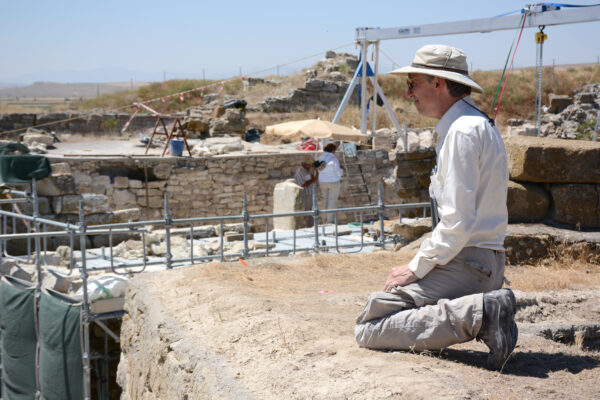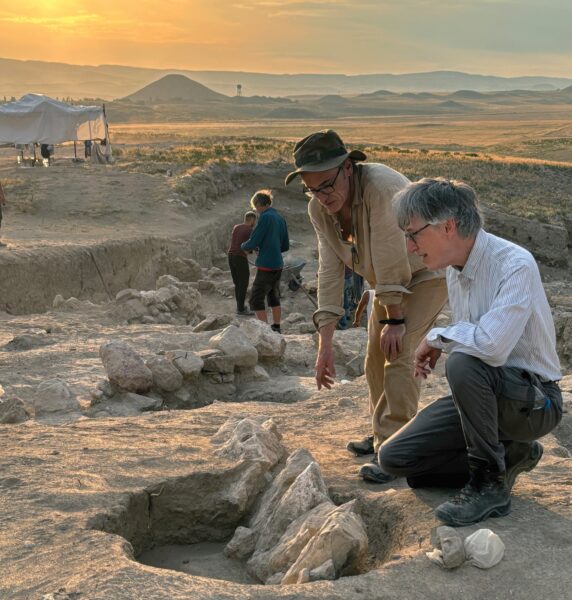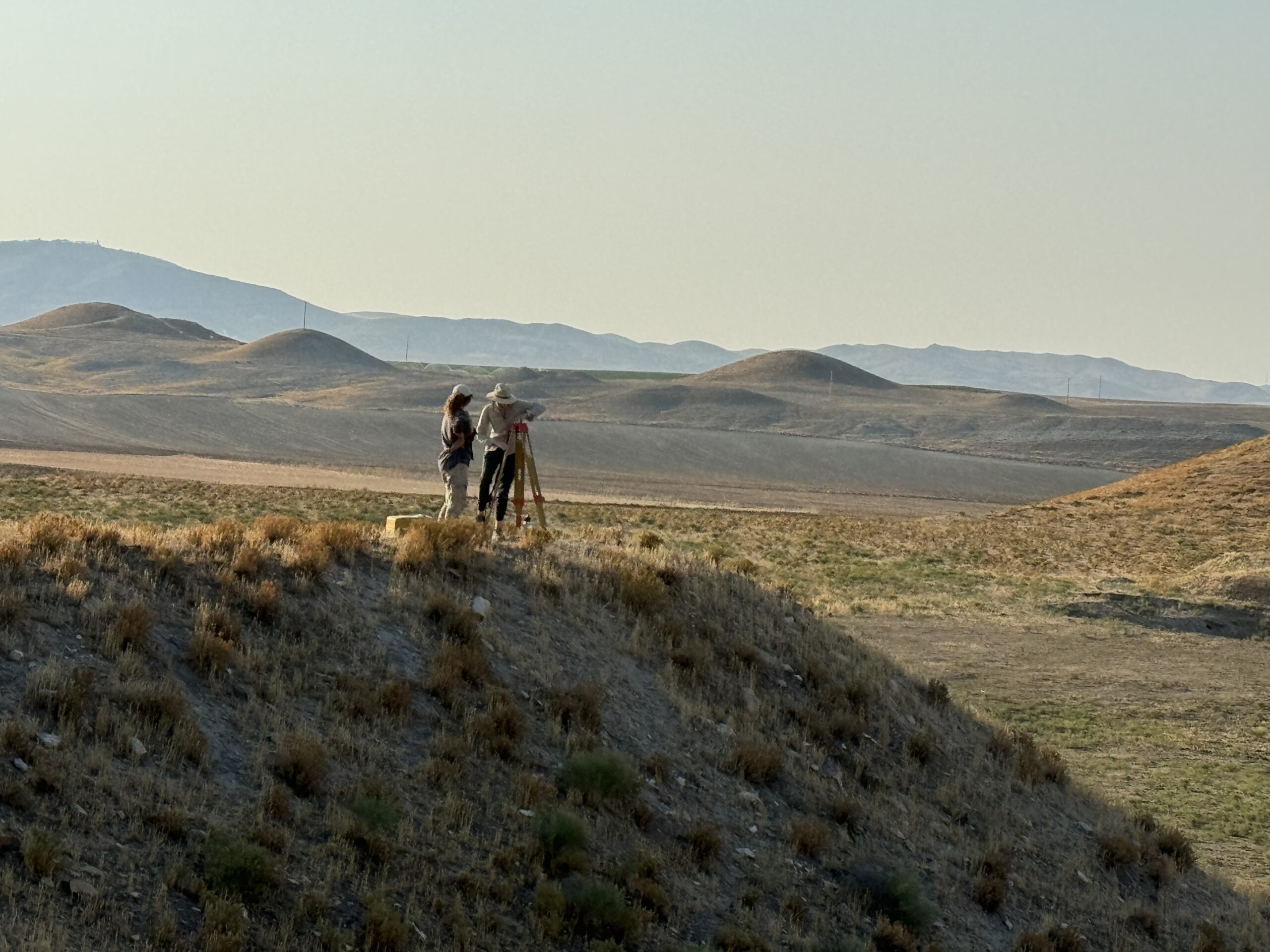Now a preserved royal tomb that might date to the Midas dynasty that ruled back then has been unveiled by Turkish authorities.
The US-based Penn Museum says it dates back to 8th century BCE (Before Common Era) and was uncovered at the archaeological site and citadel of Gordion, the ancient capital of Phrygia.
WHY BCE?
> BCE (‘Before Common Era’) is a non-religious term used as an alternative to BC (Before Christ)
i.e. 500 BCE is the same as 500 BC. Click here for more about the use of these abbreviations.
The tomb’s existence was recently announced by the Turkish Minister of Culture and Tourism, Mehmet Nuri Ersoy.
The Phrygian kingdom controlled much of Asia Minor in the early first millennium BCE, says Professor Brian Rose, the museum’s Gordion Excavation Director and Ferry Curator-in-Charge of its Mediterranean Section.
(The museum has been involved in digs at the site since 1950, it says).
He says archaeological evidence from a recently excavated burial chamber suggests it may belong to the King Midas dynasty.
The newly excavated tumulus (earth mound) is close to, and roughly contemporary with, the Midas Mound tomb (Tumulus MM ca 740 BCE), which housed a body likely to have been that of King Midas’s father, the museum says.
“The excavation of these tumuli (earth mounds) has yielded a wealth of information about the lives of Gordion’s rulers and their associates,” says Rose, who has been director of fieldwork at the site since 2013.

WHAT IS A TUMULUS?
> A tumulus can refer to a singular mound of earth and stones.
> The plural form is tumuli (several mounds).
The Gordion excavations, which involves museum and Turkish archaeologists, also included Professor Yucel Senyurt of Ankara’s Haci Bayram Veli University.
Senyurt’s first project was a large burial mound near the Gordion Museum, identified as Tumulus T-26, one of 130 mounds that surround the citadel.
Using remote sensing technology, the archaeologists identified the possible site of a wooden chamber hidden beneath the 6.5m-tall 60-m wide mound.
After four months of digging, the burial chamber for T-26 was found. Although its roof had collapsed, objects put into the tomb during burial (ca 750 BCE) were undisturbed by robbers; these included well-preserved bronze vessels for banquets and iron tools.
Chief among the finds were a pair of large bronze cauldrons as well as smaller bronze cauldrons, jugs and bowls, used to serve food and drink at a funeral feast; the vessels’ outer surfaces preserved traces of textiles, the museum says.
Rose says the burial was a cremation, more than 100 years earlier than thought to have first been used at Gordion.
“As a result of Senyurt’s excavations, we now know that cremation among the elite was practised over a century earlier than we thought it was. Moreover, the traces of textiles on the vessels provide evidence for one of Gordion’s most important industries,” he says.
The new T-26 burial may be connected in some way with Midas’s family or his associates, Rose adds.
Gordion is located nearly 96 kilometres from the Turkish capital of Ankara. The ancient citadel is on UNESCO’s World Heritage Site list.







